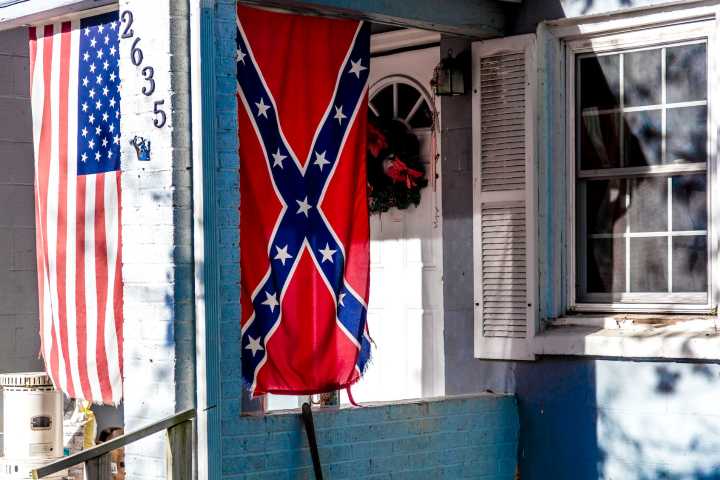Historian Nell Painter remarked in 2011, “Being white these days isn’t what it used to be.”
For the past decade, wave upon wave of protests against police violence and mass incarceration have drawn the public’s attention toward the continued significance of America’s color line, the set of formal and informal rules that maintain white Americans’ elevated social and economic advantages.
Meanwhile, an explosion of popular literature scrutinizes those rules and places white people’s elevated status in sharp relief.
How are white people making sense of these tensions?
In his 1935 publication “Black Reconstruction in America,” sociologist W.E.B. Du Bois described the “public and psychological wage” paid to white workers in the post-Reconstruction era on account of their being white. Today t

 Salon
Salon

 FOX 10 Phoenix Crime
FOX 10 Phoenix Crime K2 Radio Local
K2 Radio Local FOX 5 Atlanta Crime
FOX 5 Atlanta Crime Bristol Herald Courier
Bristol Herald Courier CBS News
CBS News New York Post
New York Post Colorado Springs Gazette
Colorado Springs Gazette stupidDOPE
stupidDOPE The Atlanta Journal Constitution
The Atlanta Journal Constitution RadarOnline
RadarOnline